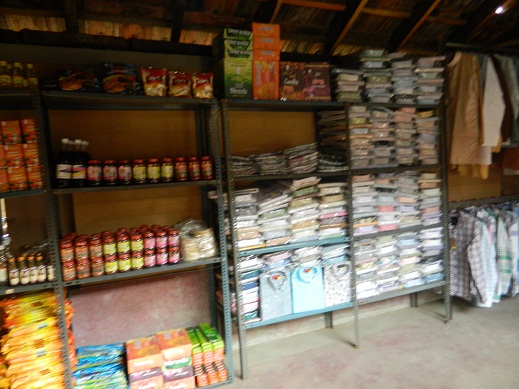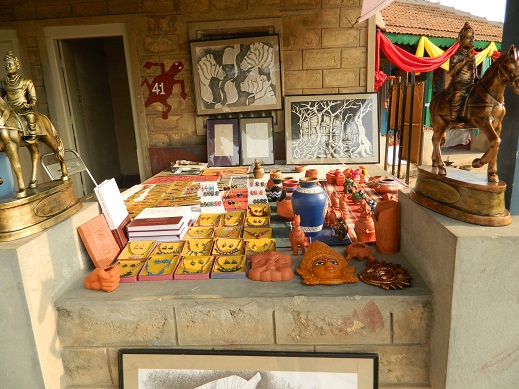 ಬೆಂಗಳೂರು ಸಂತೆ
Bengaluru Santhe
080-25191111
ruralhaat@bmrc.co.in
ಬೆಂಗಳೂರು ಸಂತೆ
Bengaluru Santhe
080-25191111
ruralhaat@bmrc.co.in Mahatma Gandhi’s statements “India Lives in its villages, is still valid even today for the reason that 70% of the Indian population lives in villages and rural areas. Any development efforts made in rural sector will have impact on the country’s economic development. Various governmental and non-governmental efforts have contributed to boost the rural economy with proven results. The artisans and craftsmen of rural area processes abundant traditional skills. There is huge demand for handicrafts and other products produced by them. However rural artisans do not have market intelligence, negotiation skills, and adequate capacity to connect themselves to the markets. The Bangalore Santhe will provide the ambience of a traditional Rural Santhe or Village market it is intended to provide contemporary needs with the synthesis of crafts, food and cultural activities. It is created in the heart of the city i.e. at Baiyappanahalli, which will display the richness of Indian culture on a permanent basis. It has been visualised as a show piece of traditional Karnataka/Indian culture- a forum where rural life and folk art are brought closure to urban clientele.
1. To set up a permanent marketing infrastructure for rural products and crafts.
2. To receive and revitalize traditional arts and crafts and prevent them from extinction.
3. To create awareness on the relevance and diversity of rural crafts and products.
4. To built consensus through citizen participation process, that will include the craftsmen, rural entrepreneurs, govt. agencies, Self help Groups, NGOs and general public that would help them to proactively work towards goal oriented objectives
Bangalore, with its cosmopolitan culture and where people from different parts of the State and the country have migrated will find the Bengaluru santhe a welcome feature and the Bangalore metro Rail Corporation which connects the North-South and East-West part of the city.
The Bengaluru Santhe has been designed with traditional structure with an ethnic feel. The Bengaluru Santhe comprises of cluster of stalls along a central spine which creates a street like feel. Supporting development such as toilets, drinking water facilities provided at a convenient location for users. Painting is also carefully selected to highlight the landscape. The architecture designed in such a way which resembles the folk architecture of Karnataka and will make the location attractive to the tourists. The design has been conceived to fulfil two significant functions. 1) To create a bond between rural artisans and the people of region beyond. 2) To provide for shopping as a leisure activity and create an awareness and diversity of rural products
The management of Bengaluru Santhe is separate entity within BMRCL with the separate accounts. The management committee shall be constituted for the management and maintenance of the Bengaluru Santhe, which is comprising MD BMRCL, Principal Secretary RD&PR, Director (SEP), Principal Secretary Women & Child etc.








The Bengaluru santhe is to be continued on self sustaining basis. For this purpose it is organised on a most reasonable commercial terms. It is under this background a minimum rental fees of Rs 100 to Rs 500 per stall per day has been proposed. A revenue share of 5% commission on the gross sales is also going to be collected. The area chosen for the Bengaluru Santhe is both a commercial centre and tourist junction and therefore good products will have good market and ensures their profitability and hence the rental and revenue share will not affect either the marketability or the profitability of the rural people.
There are 24 conditions have been forwarded by the management for the participants to be adhered by them. These conditions are approved by the Law section of the Management. The format of the condition and issues are as follows.
The management has issued form-1, which comprises the detailed information of the artisans, SHG’s etc. These forms to be signed by competent authorities in order to ensure that they are the real producers. Participants are invited for a minimum period of 10 days maximum of 60 days.